SRP8056
Tim-3 (mouse): FC (human)
recombinant, expressed in CHO cells, ≥98% (SDS-PAGE)
Synonym(s):
HAVcr-2, T-cell immunoglobulin and mucin domain-containing protein 3, TIM3, TIMD3
About This Item
Recommended Products
biological source
mouse
recombinant
expressed in CHO cells
assay
≥98% (SDS-PAGE)
form
lyophilized
mol wt
monomer 45 kDa by calculation
packaging
pkg of 100 μg
storage condition
avoid repeated freeze/thaw cycles
impurities
<0.06 EU/μg endotoxin, tested
color
white
UniProt accession no.
shipped in
wet ice
storage temp.
−20°C
Gene Information
mouse ... Havcr2(171285)
General description
Biochem/physiol Actions
Physical form
Reconstitution
Other Notes
wgk_germany
WGK 2
flash_point_f
Not applicable
flash_point_c
Not applicable
Certificates of Analysis (COA)
Search for Certificates of Analysis (COA) by entering the products Lot/Batch Number. Lot and Batch Numbers can be found on a product’s label following the words ‘Lot’ or ‘Batch’.
Already Own This Product?
Find documentation for the products that you have recently purchased in the Document Library.
Our team of scientists has experience in all areas of research including Life Science, Material Science, Chemical Synthesis, Chromatography, Analytical and many others.
Contact Technical Service

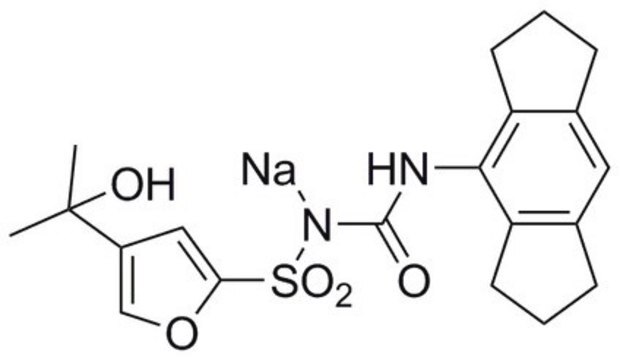

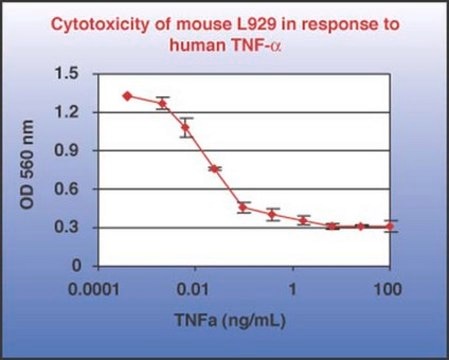
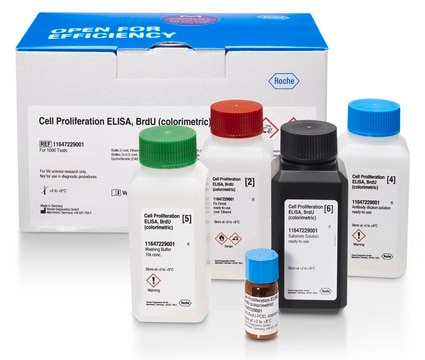
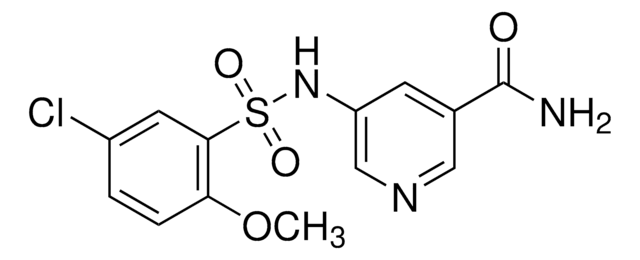
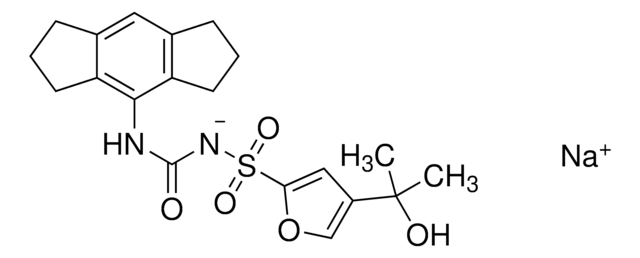
![1H-[1,2,4]Oxadiazolo[4,3-a]quinoxalin-1-one powder](/deepweb/assets/sigmaaldrich/product/structures/764/715/605dc5a5-0864-471b-a71e-bd2aa6553c1d/640/605dc5a5-0864-471b-a71e-bd2aa6553c1d.png)